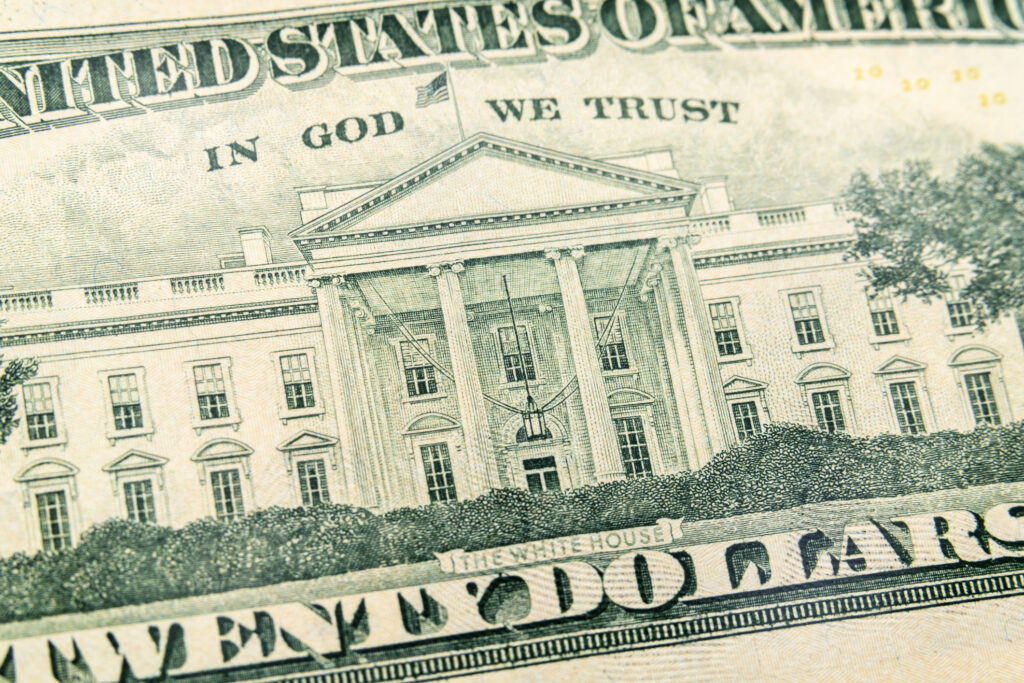
By Kyle Tetting
This summer feels faster-paced than most. The spike in the Cboe Volatility Index, the number of 1% daily swings in the S&P 500 and just general market demeanor seem to confirm that feeling.
The overall direction has continued to be more good than bad with July returns across stocks and bonds broadly encouraging. Despite the continued successes, though, the general tone in common questions I hear rings more doubtful about what comes next.
Learn more
How the 2024 Election Could Affect Your Portfolio, from Morningstar
Why investments outperform their investors, a Money Talk Video with Kyle Tetting
Separating politics from portfolios, by Joel Dresang
Investor risks of action/inaction, by Kyle Tetting
Investor Tips for Turbulent Markets, from the Financial Industry Regulatory Authority
One concern among those common questions relates to those waiting for the other shoe to drop. After months of new market highs, some fret whether high valuations are reasonably founded. But history points to market highs tending to clump together. Stretched valuations alone are a poor predictor of the next bear market.
More often, valuation concerns coincide with an economy in recession or an overly aggressive Federal Reserve. Neither appears a threat at the moment – although the Fed is another source of the questions and concerns I commonly hear.
In their end-of-July meeting, the Fed’s policy makers lent weight to investor expectations for some easing in interest rate in the fall – a sign that economic growth is weakening but not weak enough to force the Fed to cut rates. I have shared that higher rates can be viewed as a positive on the overall economic landscape, signaling that economic growth can withstand more restrictive borrowing rates.
But the reverse isn’t necessarily true. Rate cuts – at least modest cuts – don’t indicate that the party is over. Instead, cuts could simply mean that the path forward is less restrictive. Today’s effective federal funds rate of about 5.33% remains far more restrictive than the Fed’s estimate of neutral, around 2.75%. In other words, the Fed has room to reduce interest rates without those cuts being viewed as reactionary to stalled growth.
Both higher valuations and expectations for the Fed have increased stock market volatility. If it’s all about earnings and interest rates – and it is – then it’s no wonder that those issues are top of mind. But another upcoming event also is commanding a lot of attention: The election.
Morningstar’s global chief investment officer, Dan Kemp, recently shared some wisdom regarding politically focused investors looking for “narratives that predict the future” rather than sticking to their individual investment plans. One’s preferred candidate may offer hope of a favorable economic outlook or investing backdrop, but investors would be wise to remember that our personal investment plans weren’t built on a particular party platform.
Further, we shouldn’t put too much stock in how much or how quickly politics can create meaningful shifts for investors.
We learned in July that the U.S. gross domestic product grew to $28.6 trillion in the second quarter. At that size, the U.S. economy is not a ship that turns quickly. Near-term economic projections, and market forecasts for that matter, are a function more of momentum than any particular political party.
To take it a step further, the extended history of our economy is one of growth driven by innovation. Public policy can occasionally play a role (consider nuclear energy), but private enterprise and brilliant individuals have been at the heart of technological shifts for hundreds of years. Such shifts were often viewed as counter-cultural and frequently succeeded despite politics instead of because of politics. Further, the technology shifts often occur across many years, spanning multiple election cycles.
Finally, consider that the heart and soul of our economy is consumer spending. If the short-term momentum and long-term technological optimism don’t seem encouraging, the higher wealth of consumers should.
To start, an aging population has become increasingly resilient to modest disruptions in the labor market. Stock market gains, fixed monthly payments from Social Security and pensions combined with increased housing values support consistent spending from the growing ranks of the retired.
Further, purchase decisions tend not to be politically motivated. I’ve rolled this out for years, borrowed from colleagues across my tenure, but you don’t replace your refrigerator based on who is in office. You do it because you need to keep the milk cold.
To be fair, politics matter. Earnings and interest rates matter more.
If the Federal Reserve is cutting rates in an effort to be less restrictive, and higher valuations reflect a more accommodative Fed and the expectation of earnings growth, the path for stocks and bonds alike seems fairly optimistic. Searching for reasons not to invest or waiting for the next shoe to drop are behaviors that just lead to missed opportunities compared to simply having a plan and sticking to it.